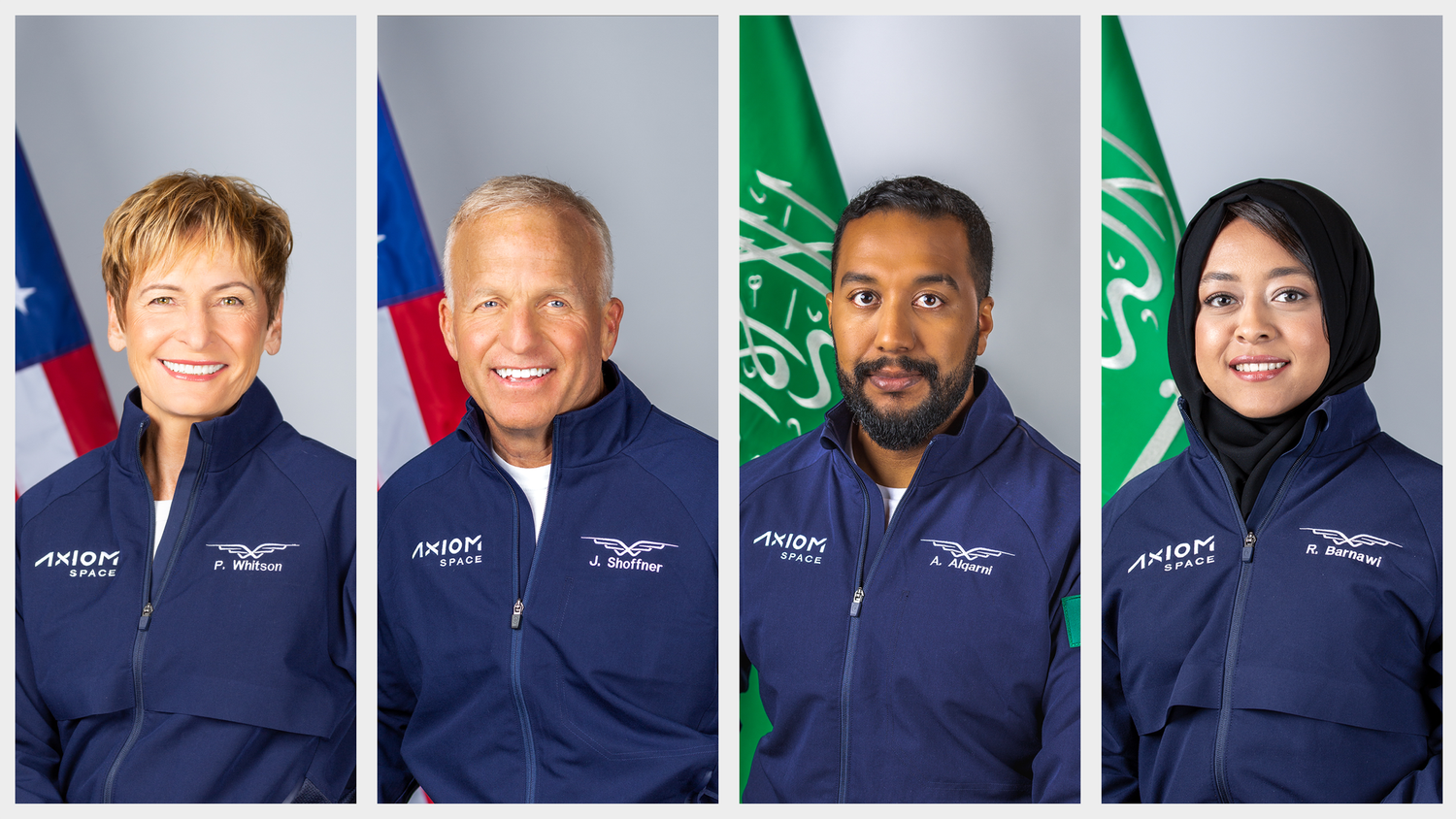
Four spacefarers, including America’s most flight-seasoned astronaut, will launch from historic Pad 39A at the Kennedy Space Center (KSC) in Florida later this spring for the second all-private Crew Dragon mission to the International Space Station (ISS) on behalf of Houston, Texas-based AxiomSpace, Inc. Former NASA Chief Astronaut Peggy Whitson—who logged more than 665 days in orbit across three flights to the station, including a 9.5-month increment between November 2016 and September 2017—will lead the 12-day Ax-2 mission, whose crew was expanded earlier this week to include a pair of astronauts from the Kingdom of Saudi Arabia (KSA).
At the same time, another four crewmen have entered quarantine at KSC, ahead of their own scheduled launch aboard Dragon Endeavour, no sooner than 2:07 a.m. EST on 26 February. Veteran astronaut Steve Bowen will be accompanied by Pilot Warren “Woody” Hoburg, Russia’s Andrei Fedyayev—the second cosmonaut to ride a Commercial Crew vehicle, following last summer’s completion of mixed-crew talks between NASA and Roscosmos—and Sultan Al-Neyadi of the United Arab Emirates (UAE), flying under contract with the Mohammed bin Rashid Space Centre (MBRSC).
Whitson’s association with Ax-2 first entered the public consciousness back in January 2021, when she was assigned to back up former shuttle astronaut and veteran ISS commander Mike Lopez-Alegria in his command of Ax-1, the first all-private mission to the station. Having retired from NASA’s Astronaut Corps in June 2018, Whitson joined AxiomSpace, where she now serves as director of human spaceflight.

“Not the first time I have backed up @CommanderMLA,” Whitson tweeted at the time, harking back to her 2006-2007 stint as backup to Lopez-Alegria’s Expedition 14 mission. “The next best thing to flying in space is training for it.”
Later in the spring of 2021, she was formally named to command Ax-2, with airshow pilot, athlete and motorsports endurance racer John Shoffner serving as pilot. The following December, NASA and AxiomSpace signed the mission order that Ax-2 would fly no sooner than the late fall of 2022 or early spring of 2023, with an expectation that Whitson and her crew would spend “no more than 14 days docked” to the station.
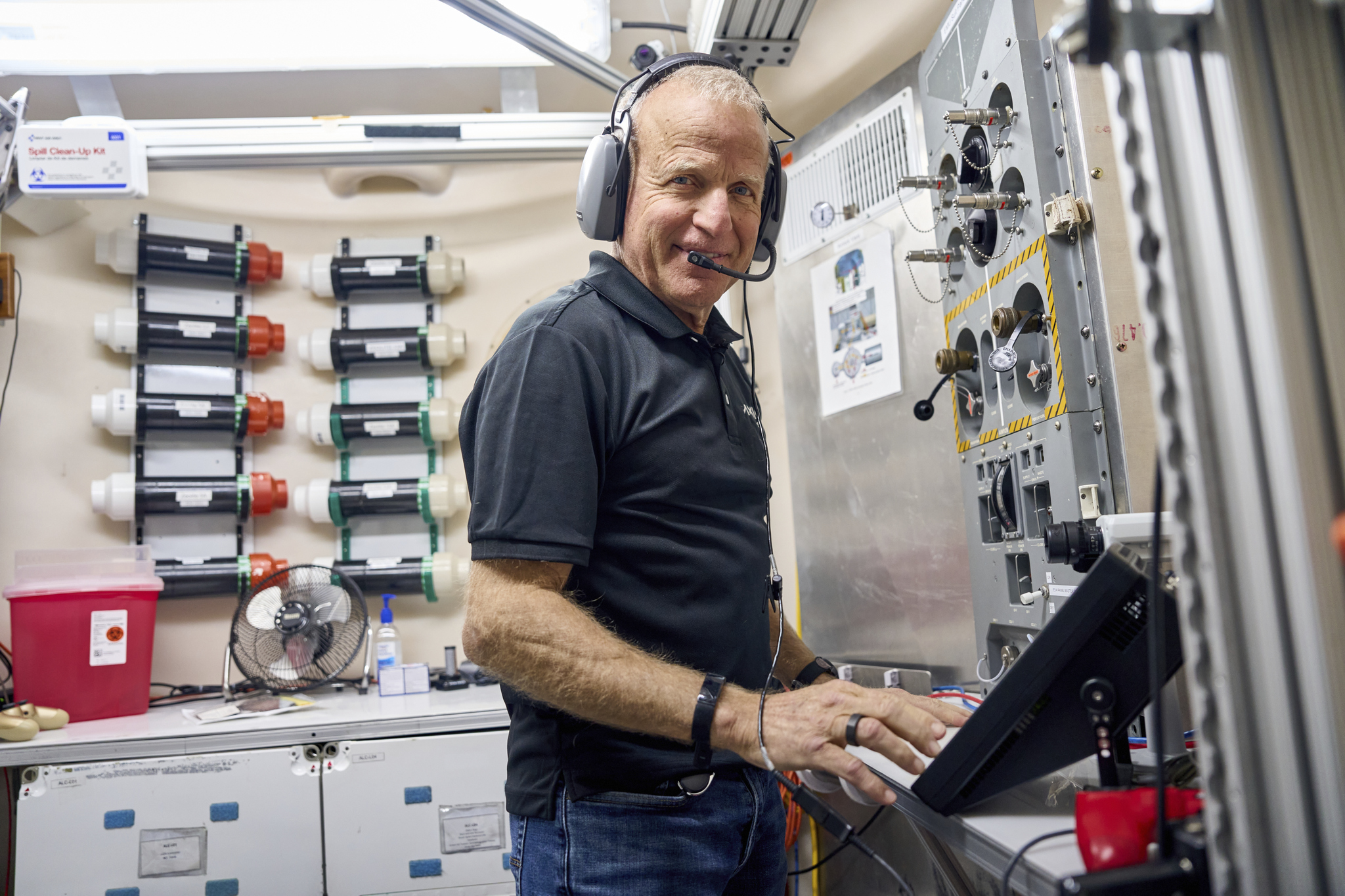
Leading a plate of private scientific research on the Ax-2 mission will be single-cell genome sequencing demonstrations for the Pleasanton, Calif.-headquartered biotechnology firm, 10x Genomics. Whitson and Shoffner’s work will assist in the translation of terrestrial single-cell genomic methodologies to an orbital science process.
In its mission order, NASA noted that Ax-2 is also charged with bringing home scientific samples “that must be kept cold in transit back to Earth”, as well as a Nitrogen/Oxygen Recharge System (NORS) tank, potentially two late-return cargo transfer bags “and up to ten hours of the private astronaut mission commander’s time during the docked mission to complete NASA science or perform tasks for NASA”.
And by last August—with the 17-day Ax-1 mission having triumphantly flown in April 2022—Ax-2’s launch date was shifted slightly to occur late in 2023’s second quarter, with a revised estimate that Whitson and her crew now would spend around ten days aboard the ISS. Last September, AxiomSpace contracted with the Saudi Space Commission (SSC) to fly the Kingdom of Saudi Arabia’s second male astronaut and first female astronaut to the ISS at a future date “no earlier than 2023”.
It was noted that the research thrusts of the mission would emphasize areas of health, sustainability and space technology, as part of the kingdom’s broader national space strategy. With Ax-2 having attained formal approval from NASA and its International Partners (IPs) only last month, the long-awaited announcement of the two Saudi crew members finally came yesterday.
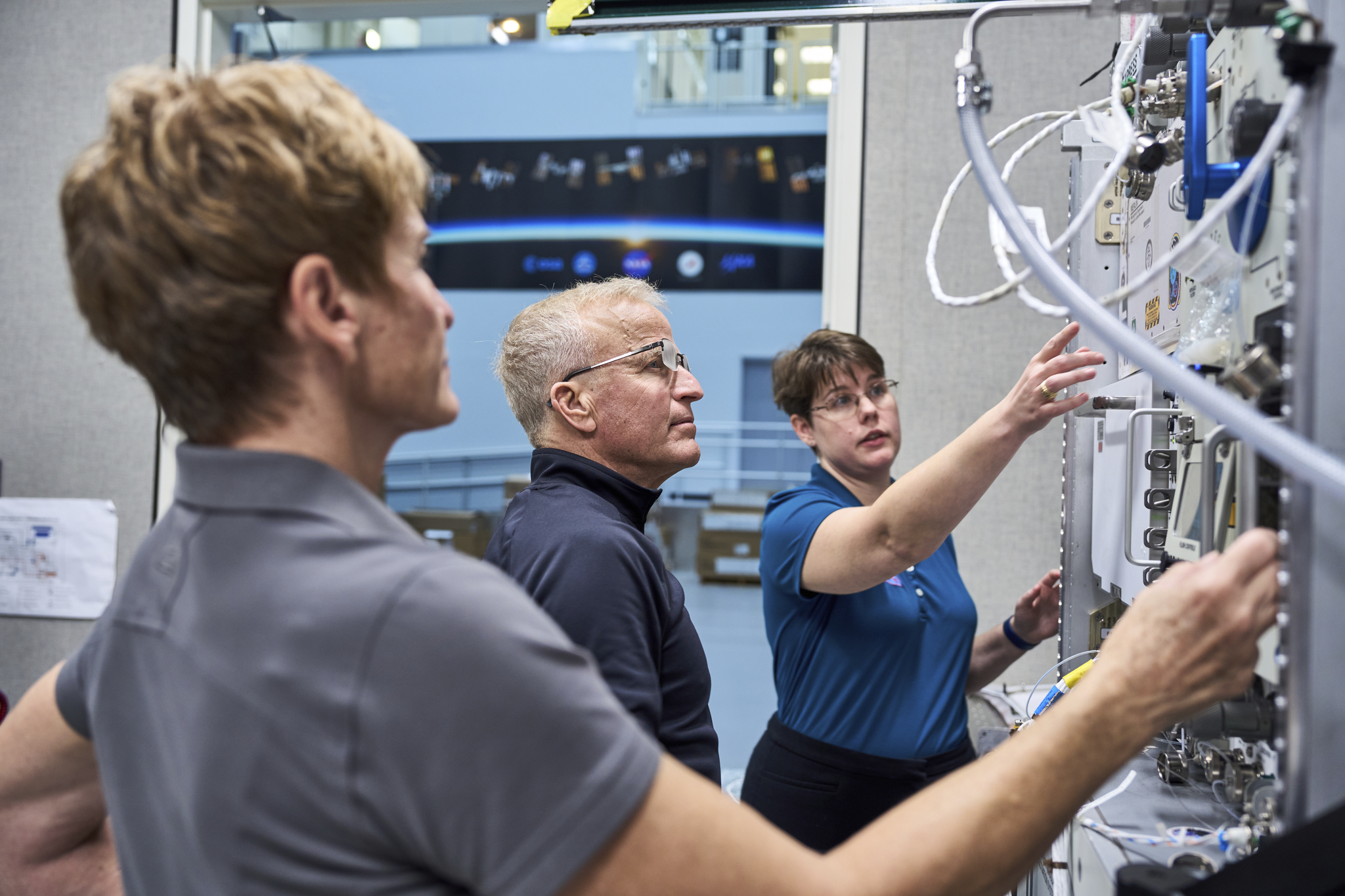
Named were Rayyanah Barnawi, a biomedical scientist and laboratory technician, with experience in breast cancer and stem-cell research, and Ali Al-Qarni, an aerospace engineer and Royal Saudi Air Force (RSAF) captain and fighter pilot. Backing them up and shadowing the pair “on all mission requirements” will be Mariam Fardous, a medical doctor and the first Arab women to dive at the North Pole, and Al Al-Ghamdi, who is, like Al-Qarni, a captain in the RSAF.
“This is a strong and cohesive team determined to conduct meaningful scientific research in space and inspire a new generation about the benefits of microgravity,” said Whitson. “It’s a testament to the power of science and discovery to unify and build international collaboration.”
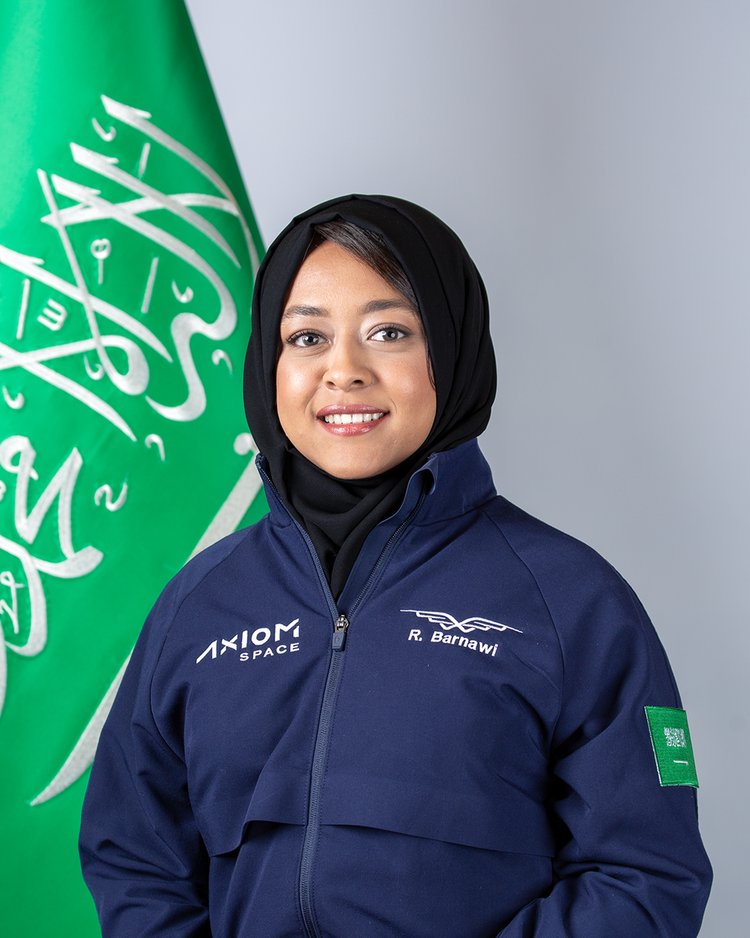
Although the Crew Dragon that Whitson, Shoffner, Barnawi and Al-Qarni will fly has yet to be determined, it is known that the first-flown of the fleet—Endeavour, already a veteran of three missions and 280 cumulative days in orbit—will ferry Crew-6 to the station, with launch targeted from KSC’s Pad 39A no sooner than 2:07 a.m. EST on 26 February. And Endeavour’s sister ship, the twice-flown Resilience, with 170 cumulative days, is slated to carry Shift4Payments billionaire Jared “Rook” Isaacman (the first person to fly two Crew Dragon flights) and crewmates Scott “Kidd” Poteet, Sarah Gillis and Anna Menon on the high-orbiting “Polaris Dawn” mission later this spring.
That leaves Freedom, which enabled last year’s 170-day Crew-4 mission to the ISS, and Endurance, which is currently on-orbit supporting Crew-5. And judging from the expectation that Ax-2 will likely fly in the May 2023 timeframe, Freedom seems the most plausible candidate for this mission.
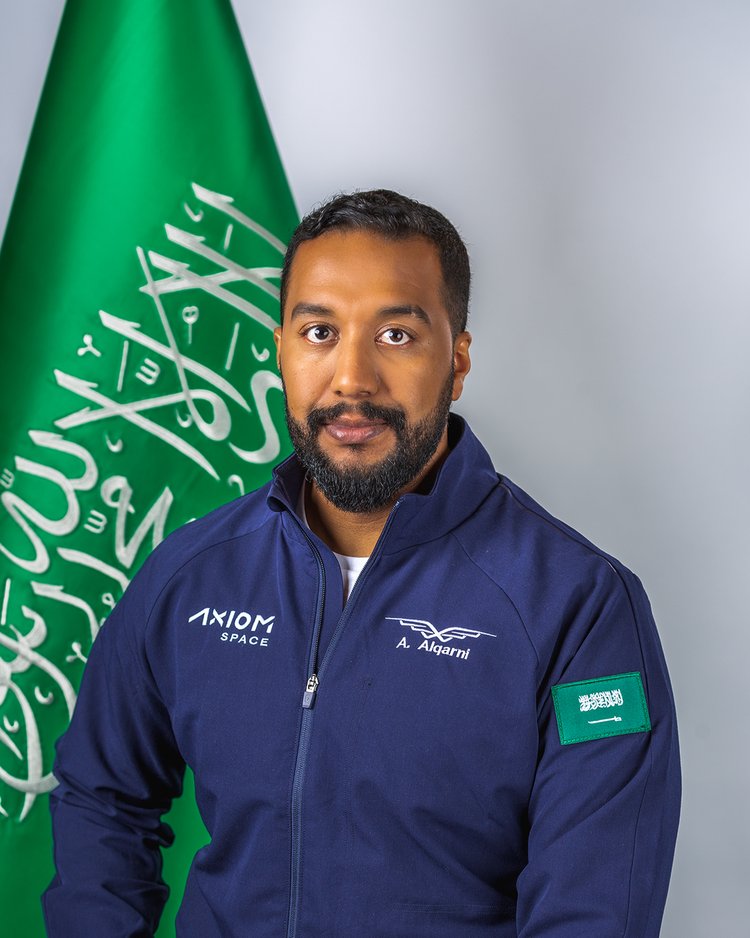
Looking beyond Ax-2, AxiomSpace already has plans in place for follow-on missions, with a possibility that Ax-3 may also take place before the end of the year. In June 2019, as the Commercial Crew Program completed its development and readied for its first astronaut missions, NASA issued a research announcement to outline the forward path for what it termed “Private Astronaut Missions” (PAMs) to the ISS, lasting up to 30 days.
In the announcement, the space agency highlighted an intent to “accommodate up to two short-duration private astronaut missions per year”. And in January 2020, NASA contracted with AxiomSpace to deliver “at least one” pressurized component to the ISS, marking the initial step towards a multiple-module Axiom Station in furtherance of commercial research and applications goals.
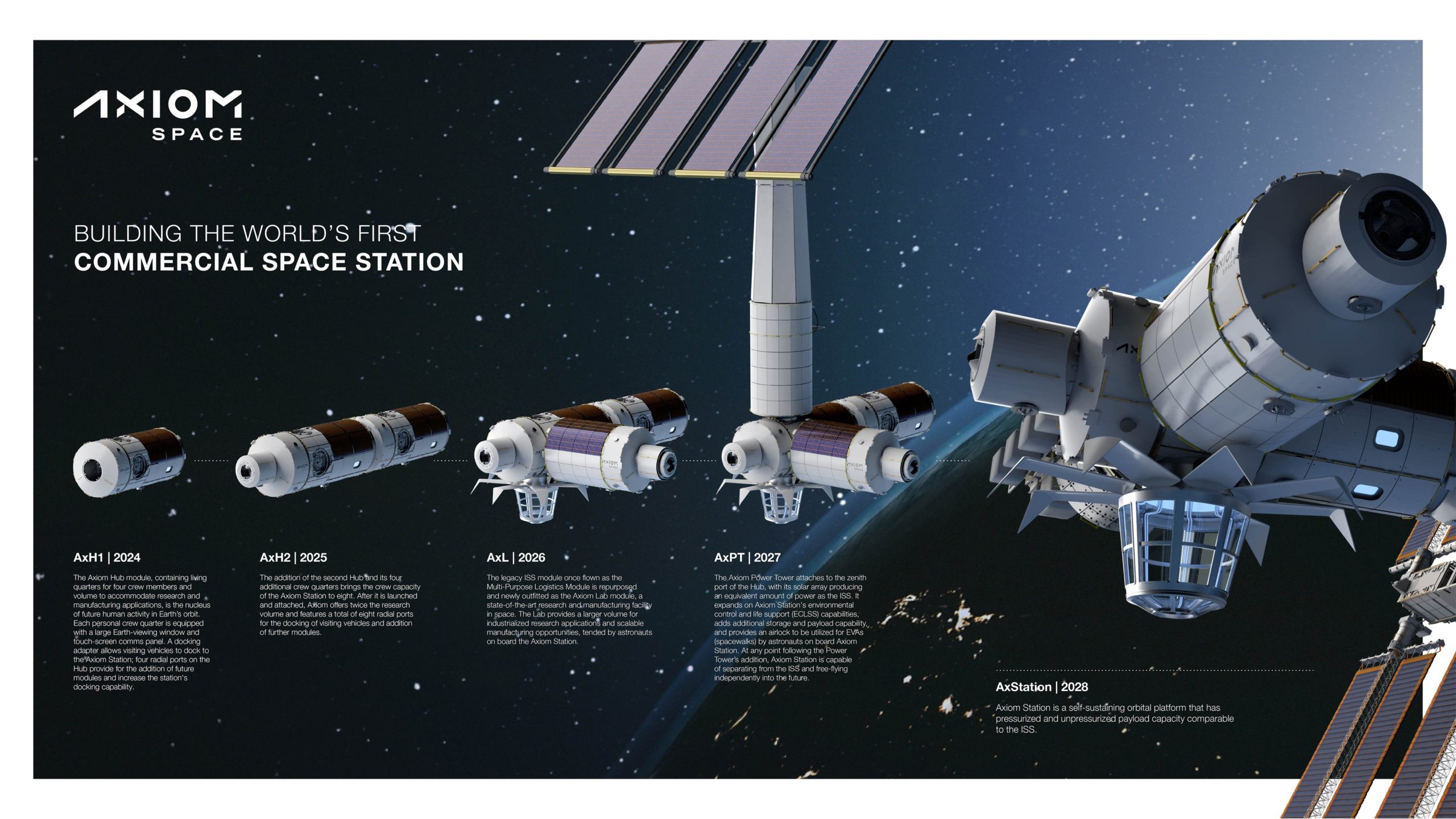
In June 2021, AxiomSpace announced a “blockbuster deal” with SpaceX, encompassing Ax-3 and Ax-4, whose contracts reportedly extended “through 2023”. Speaking that same summer, AxiomSpace CEO Michael Suffredini explained that from Ax-3 onwards, the organization would be essentially self-sufficient—aside from the food-and-water essentials—in terms of supporting its personnel on the ISS.
No crew members have yet been confirmed for Ax-3, although in May of last year AxiomSpace and the Italian Government signed a Memorandum of Understanding (MoU). The MoU identified Italian Air Force Col. Walter Villadei as a backup crew member for Ax-2.
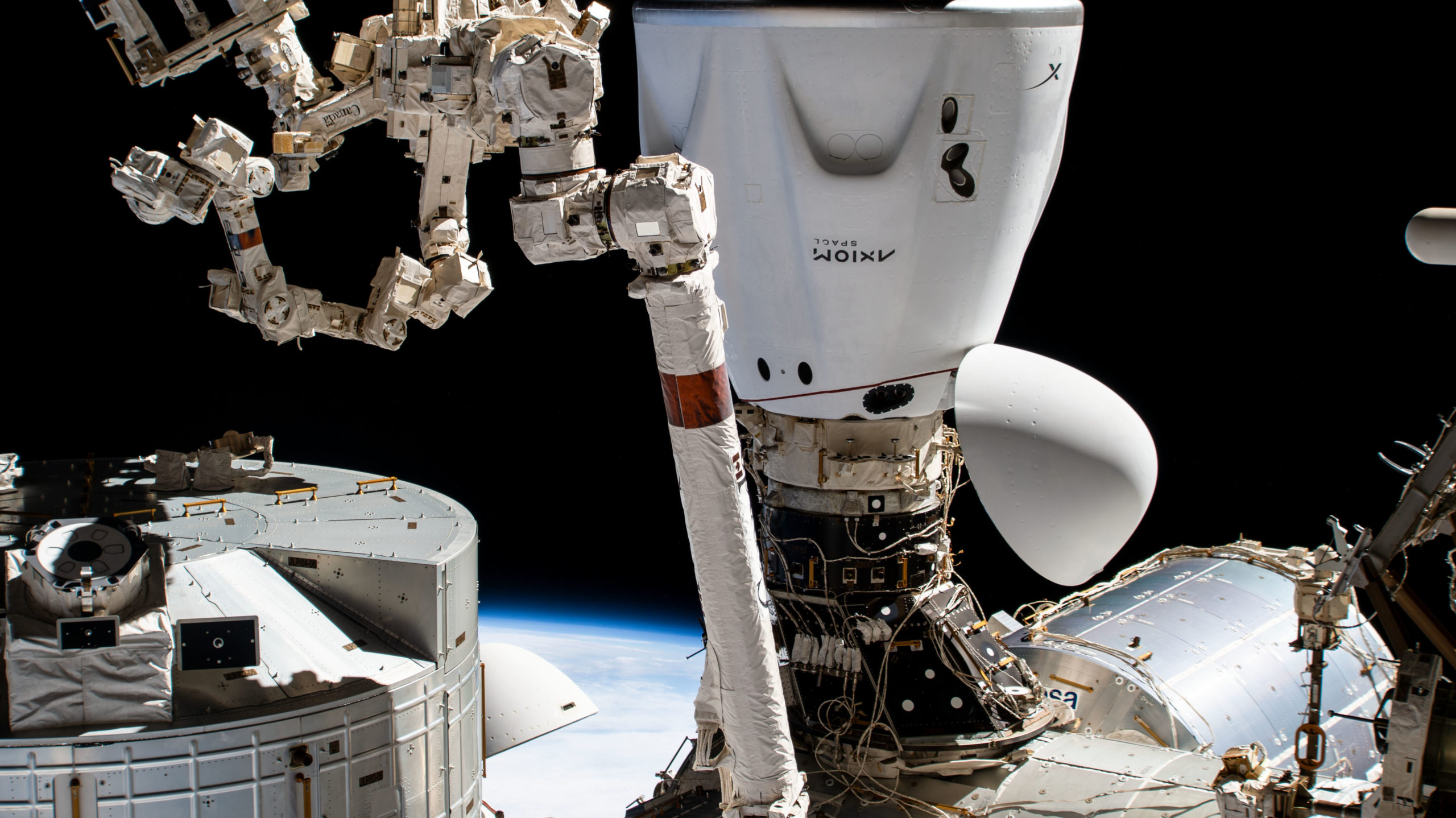
Villadei had earlier been selected by AxiomSpace as its first international professional astronaut. And in addition to his Ax-2 backup duty “an initial agreement has been signed for a reservation on a mission targeting late 2023”.
Meanwhile, at KSC the Crew-6 team of Bowen, Hoburg, Fedyayev and Al-Neyadi entered their pre-launch quarantine earlier this week, as they aim for an opening launch attempt aboard Dragon Endeavour at 2:07 a.m. EST on 26 February. Assuming an on-time launch, the quartet will fly a 15-orbit rendezvous profile, with autonomous docking at the space-facing (or “zenith”) port of the station’s Harmony node about 23 hours later.
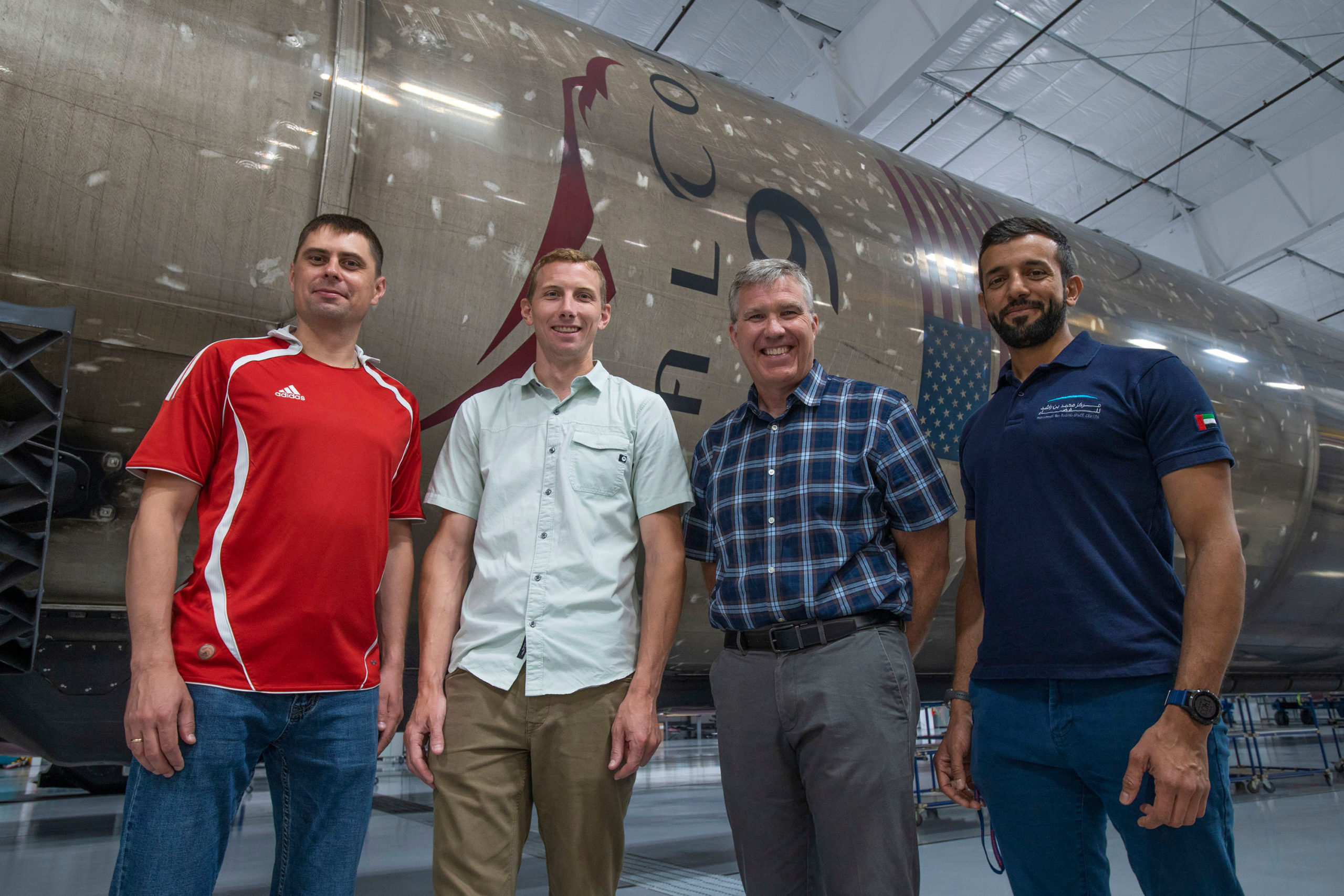
Three-time shuttle veteran Bowen and “rookie” astronaut Hoburg were assigned to Crew-6 in December 2021, with Fedyayev and Al-Neyadi rounding out the quartet last summer. During their planned six months aboard the ISS, they will welcome Northrop Grumman Corp.’s NG-19 Cygnus cargo ship, a pair of SpaceX Cargo Dragons and possibly the first Dream Chaser from Sierra Nevada Corp.
Additionally, they will be on-station for April’s Crew Flight Test (CFT) of the Boeing CST-100 Starliner—crewed by veteran ISS commanders Barry “Butch” Wilmore and Suni Williams—and for Ax-2. And with the final set of Boeing-built ISS Roll-Out Solar Arrays (iROSAs) scheduled to ride uphill in the June timeframe, there exists the possibility for what Hoburg identifed as up to three U.S. spacewalks to get the hardware installed and activated.




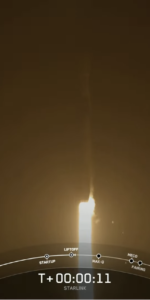
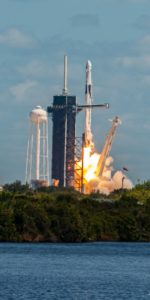
14 Comments
14 Pings & Trackbacks
Pingback:Crew-6 Arrives in Florida, Heads for Monday Pre-Dawn Launch to Space Station - AmericaSpace
Pingback:Crew-6 Ready for Monday Launch to Space Station, Busy Six-Month Expedition - AmericaSpace
Pingback:Crew-6 Ready for Monday Launch to Space Station, Busy Six-Month Expedition - Space News
Pingback:Good Florida Weather Expected as SpaceX Heads into Month-End Launch Week - Space News
Pingback:As Crew-6 Launches, Space Station Readies for First Year-Long & First Danish Commanders - AmericaSpace
Pingback:As Crew-6 Launches, Space Station Readies for First Year-Long & First Danish Commanders - Space News
Pingback:Whitson, Ax-2 Crew Look to 8 May Night Launch to Space Station - AmericaSpace
Pingback:SpaceX Launches First Mission of May, Looks to Busy Month Ahead - AmericaSpace
Pingback:SpaceX Flies Third Starlink Mission of May, Attention Turns to Next Week’s Ax-2 Launch - AmericaSpace
Pingback:NASA, Axiom, SpaceX Discuss Upcoming Ax-2 Space Station Mission - AmericaSpace
Pingback:Weather Looks 60-Percent-Favorable for Tonight’s Ax-2 Launch - AmericaSpace
Pingback:Long-Awaited Ax-2 Mission Launches, Heads to Space Station - AmericaSpace
Pingback:Ax-2 Mission Concludes, Targets Tuesday Departure, Splashdown - AmericaSpace
Pingback:Dragon Freedom Splashes Down, Wraps Up Historic Ax-2 Mission - AmericaSpace